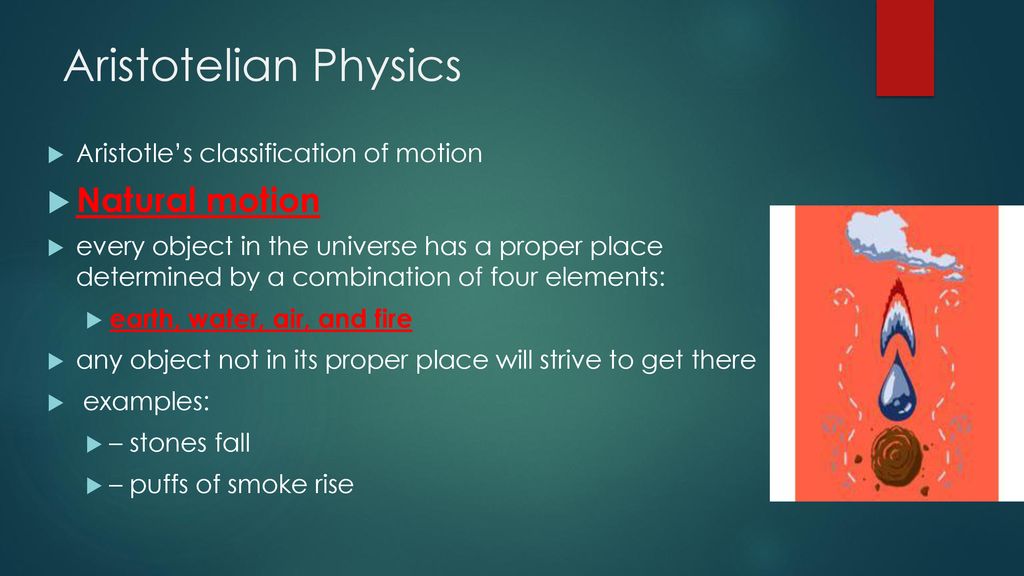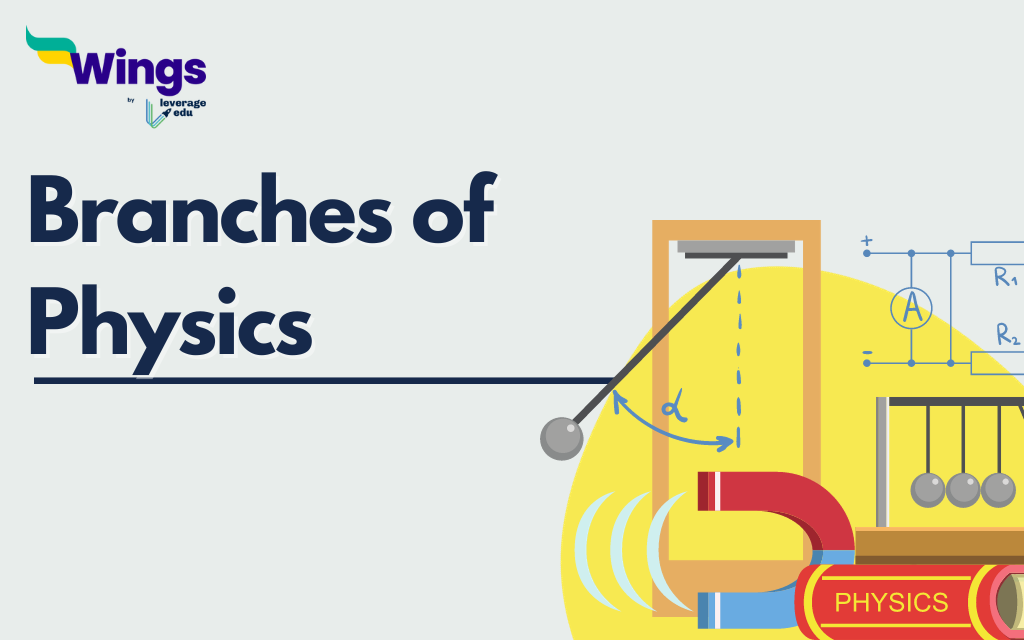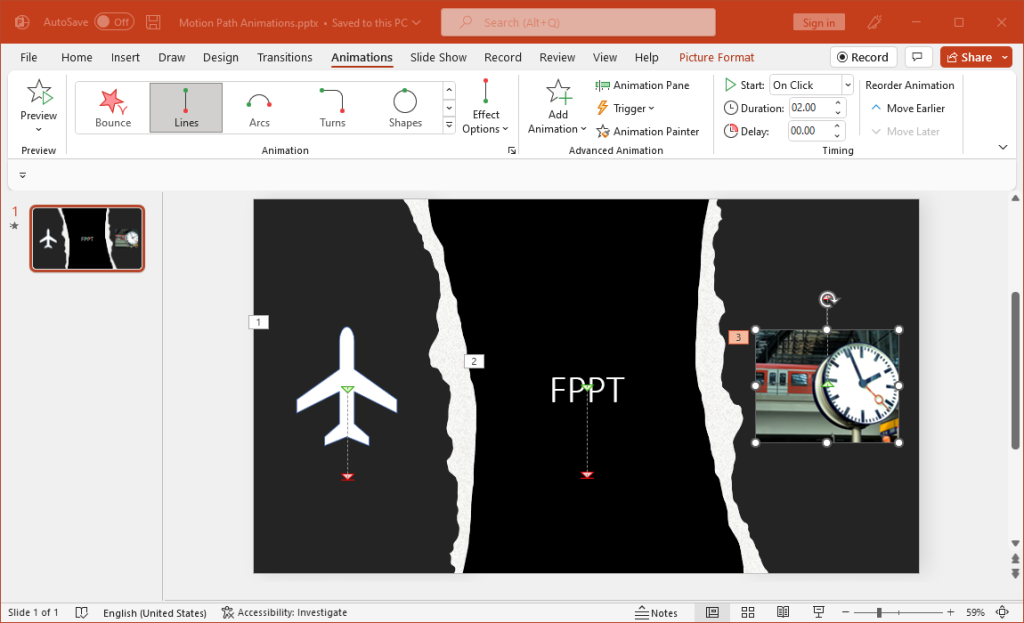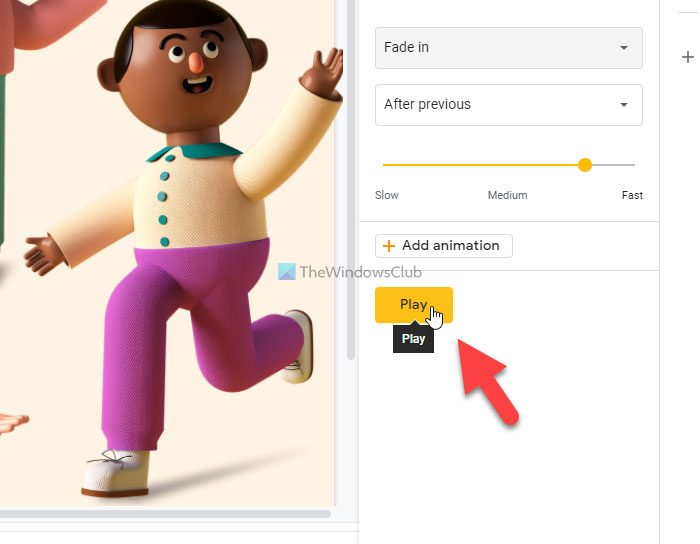
Do Now: What is motion? Describe the motion of an object. - ppt download
4.9 (163) In stock

4.9 (163) In stock
Objective: Be able to describe examples of motion and forces in our everyday life. Motion Introduction Motion Lab experiment. Agenda:
Do Now: What is motion Describe the motion of an object.
Aristotle and Galileo’s Concept of Motion
One of the first to try to explain the natural world. Ideas based on observations that seemed to be true.
Here s what Aristotle said:
Aristotle’s classification of motion. Natural motion. every object in the universe has a proper place determined by a combination of four elements: earth, water, air, and fire. any object not in its proper place will strive to get there. examples: – stones fall. – puffs of smoke rise.
straight up or straight down for all things on earth. beyond Earth, motion is circular example: Sun and Moon continually circle Earth. Violent motion. produced by external pushes or pulls on objects example: wind imposes motion on ships.
With modern technology, it is easy to demonstrate that a feather and a rock fall at exactly the same rate in a vacuum tube. There was a man who lived 400 years ago who didn t need our modern technology to figure out that Aristotle was wrong. Who was he Galileo.
Galileo 1564 – 1642 Italy Rolled and dropped objects to discover the true aspects of motion
Galileo was the first scientist to challenge him on this! Galileo s Law of Falling: If air resistance is negligible, then any two objects that are dropped together will fall together, regardless of their weights and their shapes, and regardless of the substances of which they are made.
When objects move they usually rub against a surface. They can even rub against the air. This rubbing force, which opposes their motion is called friction. To truly observe an object in its natural state of motion, as Aristotle envisioned, you would have to get rid of the interfering influence of friction.
When you drop a feather and a stone in the air, the stone obviously falls faster. Galileo would say that friction with the air is holding back the feather. What would Aristotle say When you drop a feather and a stone in a vacuum, they fall together at the same rate. Unfortunately, Galileo could not do this kind of demonstration in a vacuum.
However, it is alleged that Galileo did do another kind of demonstration where the effects of friction with the air could be minimized. It is said that Galileo dropped a 10 kilogram cannonball and a 1 kilogram stone from the leaning tower of Pisa. Despite the fact that the cannonball was 10 times heavier, it hit the ground at nearly the same time as the stone. The acceleration of gravity should be the same for both.
A ball rolling down a ramp that is less steep still picks up speed but at a slower rate.
Galileo reasoned that if you were to start a ball moving on a horizontal surface, ideally it should never speed up or slow down. It would keep on moving forever. Of course, there would have to be no friction. Today, we can come close to this by observing objects in outer space or on low friction surfaces such as ice.
Galileo s Physics In the absence of friction, a ball rolling down the incline on the left tends to roll up to its initial height on the right.
Unlike Aristotle, Galileo came to a different conclusion. Galileo said that an object in motion will tend to keep on moving in a straight line at constant speed unless there was some unbalanced force (like friction) acting upon it. This is the Law of Inertia.

Motion - PowerPoint Slides - LearnPick India

Do Now: What is motion? Describe the motion of an object. - ppt download

How Do I Loop Motion?

Branches of Physics (Free PDF) - Leverage Edu

What Are Motion Paths Animations in PowerPoint and How to Use Them?

How to add Motion or Animated text or object in Google Slides

Motion Notes Part 1

How To Enable Developer Tools in PowerPoint : A Step-by-Step Guide

PPT - MOTION PowerPoint Presentation, free download - ID:4178560

Motion Graphs: Explanation, Review, and Examples